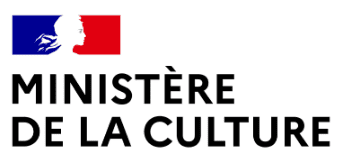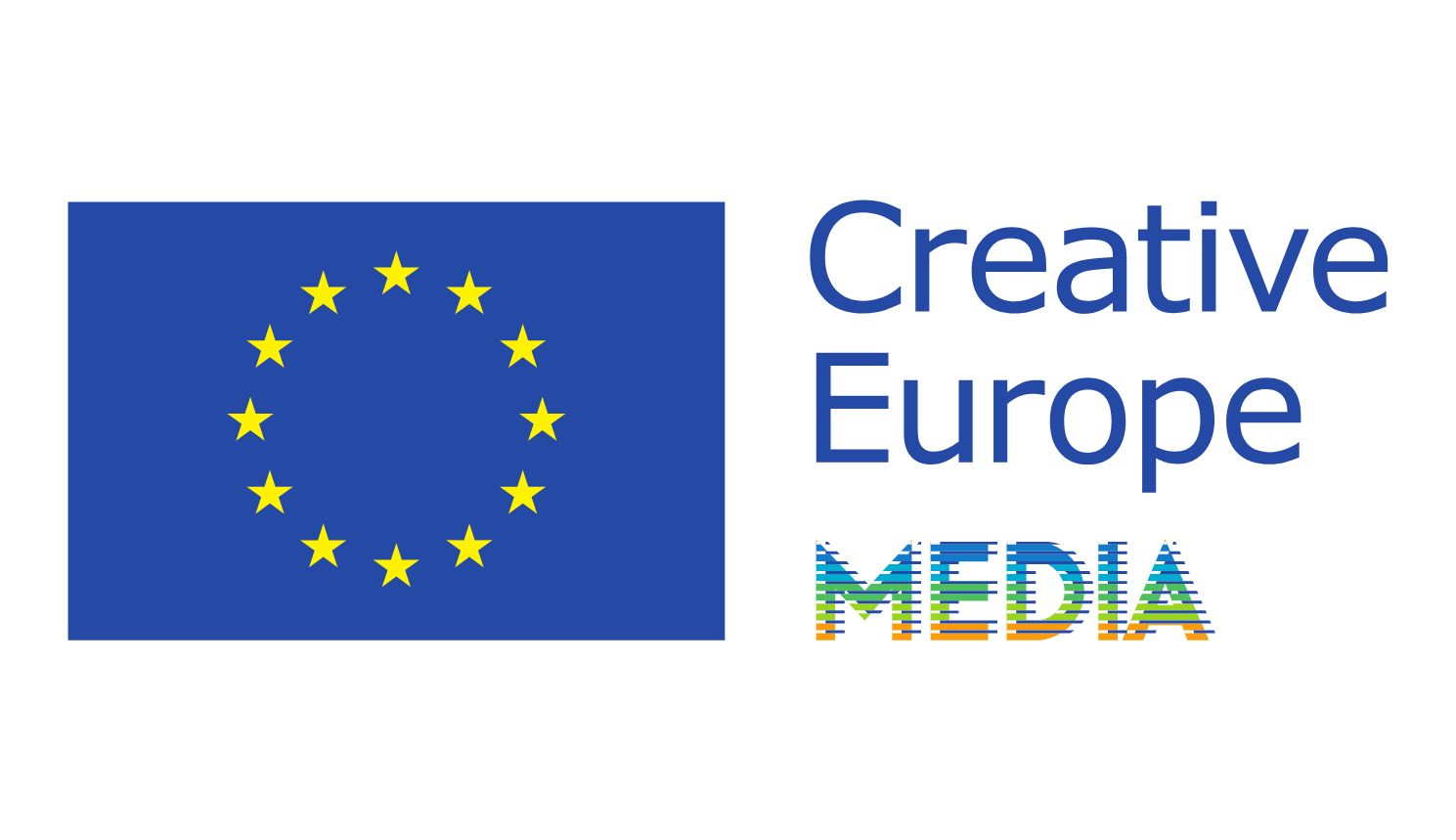Marie Losier
Commissioned by the Musée de la Chasse et de la Nature (the hunting and nature museum in Paris), Marie Losier (whose overwhelming The Ballad of Genesis and Lady Jaye and uplifting Cassandro the Exotico were unforgettable) treats us to a playful and dreamlike gem of a film, a distillation of her poetic universe. Armed with her 16mm camera like a magic wand, she brings back to life the animals frozen in time for the rest of time. Taxidermize Me pays tribute to her art of creating and collage once again. Golden bodies, camouflaged, with fur, feathers, beaks and claws… The result is an explosion of colours, sounds and textures inside this sleeping museum, seen as though peeping through the keyhole. Celebrating the solidarity of man and beast, Taxidermize Me blurs the boundaries between the human and animal kingdoms. In the watchful eyes of the strange creatures, bears, deer and birds of all kinds, we can read the same innocence, the same wonder. When a gunshot rings out, the strange creatures – her friends – collapse, turned into foxes. Underneath the original playfulness and sweetness of a re-enchanted world, while rejoicing in the extraordinary variety of life, Marie Losier delves into the “animal question”, not without a certain sense of melancholy and concern. The fairytale becomes a manifesto, albeit a modest one, and one that (surprise!) borrows its voice from André Malraux in a call to resistance. Littered with references, Taxidermize Me implicitly sketches the idea that artists and animals share in their flesh the same condition, threatened by the same gun. Producing beauty as the ultimate act of resistance to “the well-founded hypothesis of a planet without apes and without wild animals”, to go “to the places of art that are the places where this loss is remembered” (Jean-Christophe Bailly), involves making us, as viewers, think about this future world where the beauty of life can only be found in museums.
(Claire Lasolle)
- Flash Competition
- 2021
-
 Flash Competition
Flash Competition
- 2021
TAXIDERMISEZ-MOI
Marie Losier
Interview with Marie Losier
This film was made upon an invitation from the Musée de la Chasse et de la Nature (Museum of Hunting and Nature). The museum is developing a reflection on the relationship between man and the living. What was the purpose of this invitation? What were the challenges related to the work on hunting, drawing inspiration from the museum’s collection?
I have adored this museum for many years and frequently go there to see the wonderful films and superb exhibitions that they show, such as the one by Sophie Calle, mixing contemporary art with the museum’s collection, which dates back to another era. While the museum was closed for renovation, I was invited by Raphaël Abrille, curator of the museum’s collections, to invent a film for its reopening. I was given carte blanche, the aim being to show the film on the museum’s facade and in an all-night loop, to draw spectators and passers-by inside to see the collections. I filmed in February, during the lockdown, exploring the museum all alone, tarpaulins and ladders everywhere due to the ongoing worksite. A large part of the collections had been removed, as the animals were being restored. A worksite in an amazing place. I felt like a very lucky ghost, roaming the thousand rooms, seeing the new works and spaces, rediscovering the existing rooms and the handful of stuffed animals that looked me straight in the eye. I could almost feel them move. My idea was to bring these animals back to life, by inventing a new existence for them. So, I invited some friends to put on costumes and play the museum’s nocturnal inhabitants, getting to know each other, going about their daily business and meeting the animals. Of course, they had to be careful, as there was always a hunter lurking around. But when hit by a bullet, the beings became animals once more, even the hunter. And the animals regained possession of their territory and their life, their beauty was revived.
The creatures that live alongside the stuffed animals are fellow travellers. Taxidermy me is also a film made with friends. Why did you invite them to take part in your film? What does their presence say about your relationship with film making?
The creatures that populate the museum at night are played by my close friends from the French world of cinema, a family of friends. They are not actors and are all different, with their own inspiring personalities. During the sad and difficult lockdown, devoid of art, where gathering with friends was not allowed, I wanted to see them, play with them, spend a magical time in a museum that I love, in the middle of the night, while all of Paris was under curfew. Inspiring joy, playing and creating together, working together as I have so often done in New York, with limited means and therefore no pressure, just pleasure.
Franju, Joseph Beuys or Cocteau, expressionist cinema, silent and surrealist films… The references are manifold, as are the animals. Was this film an opportunity to pay tribute to them?
The artists and forms of cinema that you mention gave birth to the films and works that have most influenced my life. But I simply began with my connection to animals, my feelings on taxidermy, fairy tales, and my childhood surrounded by animals. My father was a wildlife photographer and I grew up among birds, a fox, a pig, cats and tortoises. These creatures have always been present in my work, be it through sound, images or drawings.
The speech delivered is an imitation André Malraux. Why a speech and how did you write it?
I read the beautiful speech written and delivered by André Malraux for the opening of the museum. My close friend David Legrand, also an artist, does a great imitation of Malraux’s voice, so I suggested that he write a poem. The result is simply divine and he delivers it with his incredible voice. The text is by David Legrand, who is very familiar with my world. He plays the hunter who turns into a bear. The speech is a tribute to Creation, to free and animal-like beings and artists.
You have said that you approach your films as living tableaux. Taxidermy me shows a very strong relationship to painting, sculpture and music. What are your thoughts on this hypothesis?
I often see the scenes to be filmed as living pictures, paintings in motion. The museum is full of paintings, beautiful wallpapers, candlesticks, fur and feathers…All the ingredients to create these small poetic tableaux. And my head buzzes with noise, sounds and the acoustic imagination of this world. I search for and create these sounds, editing them like a collage, creating tangible music to bring the scenes alive. My singer and musician friend, Eloise Decaze, sang a beautiful, cruel and sweet song about birds, and gave me permission to intersperse it throughout the film.
Your film-making is an intricate art of fabrication, an ode to creativity and experimentation. How do you go about your work? Do you establish ground rules or experimental protocols?
I had limited resources to make the film. So I singled out three or four rooms that I could use as a decor, with wall papers and animal environments that I found visually stimulating, optically speaking. I opted for two camouflage costumes that everyone put on as the filming progressed, and a few other small costumes created by my friend Elise Cribier-Delande, a magical costume designer. I brought make-up with the idea of creating a pop camouflage and set up a very simple narrative that allowed me to set down some simple ground rules, so that everyone could play and surprise themselves, without knowing what the film was about. They were performances rather than traditional filming, and we had plenty of great picnics, craziness and laughter.
You have always remained loyal to analog film-making . What does this allow you to do?
It allows me to truly express my work in the likeness of a painting, with texture, and to create Georges Méliès style special effects…. It’s quite simply the tool I use to work.
Taxidermy is a process that preserves the appearance of life in the so- called natural form of a living being. Can you shed some light on the title of your film?
“Taxidermy me” is one of the most beautiful sentences in David Legrand’s text. It’s a wacky and provocative phrase. It just had to be the title of the film. It’s also an action and I love titles that are about action, about doing. This title asks the viewer to act on the subject if they wish… It is extremely witty and happens to be the final
line of the film.
Interview by Claire Lasolle.
-
 Flash Competition
Flash Competition
Technical sheet
France / 2021 / 10’
Original Version : French.
Subtitles : English.
Script : Marie Losier, David Legrand.
Photography : Marie Losier.
Editing : Marie Losier.
Music : Éloise Decazes.
Sound : Marie Losier.
Production : Marie Losier.
Filmography : Electric Storm, 100 Years of Theremine, 2020. Whitch is witch?, 2020. Felix in Wonderland!, 2019. Cassandro, The Exotico!, 2018. L’Oiseau de la Nuit, 2015.
Peaches and Jesper are on a boat, who stays afloat?, 2014. Bim, Bam, Boom, Las Luchas Morenas !, 2014. Alan Vega, Just a Million Dreams, 2013. The Ballad of Genesis and Lady Jaye, 2011.Buyn, Objet Trouvé, 2012.Slap the Gondola!, 2010. Papal Broken Dance, 2009. Tony Conrad, Dreaminimalist, 2008. Manuelle Labor, 2007.Flying Saucey!, 2006. The Ontological Cowboy, 2005. Your Makeup!, 2005. Electrocute Your Stars, 2004. Bird, Bath, and Beyond, 2003. Lunch Break on the Xerox Machine, 2003. The Passion of Joan Arc, 2002. The Touch Retouched, 2002.
- Autres films / Flash Competition






